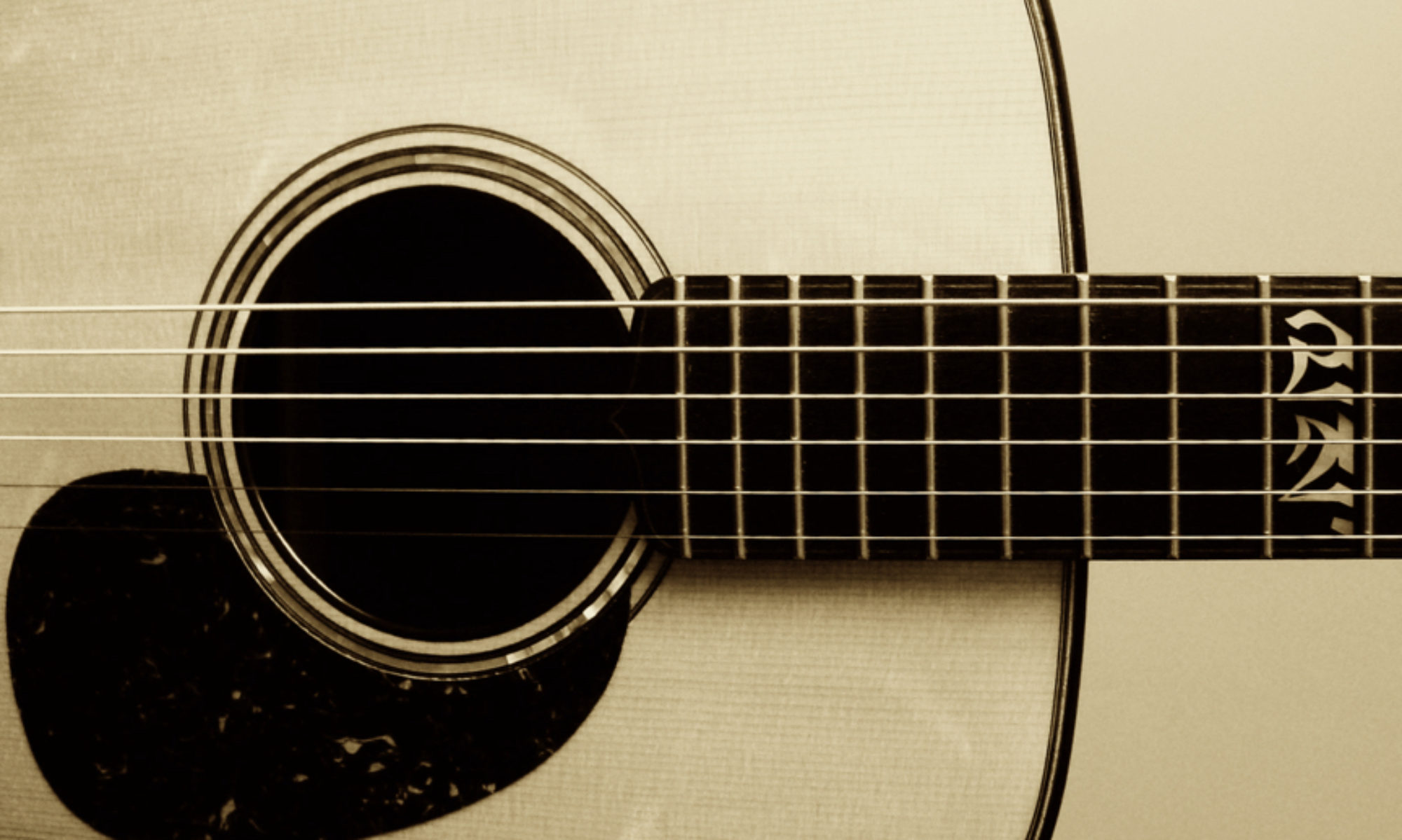This past Saturday I went to Matt Umanov Guitars on Bleeker Street. I was very much looking forward to it not only because guitar shopping is fun in general, but also because the shop itself is somewhat storied. Apparently Bob Dylan shops there, for example. Or at least he has in the past. But surprisingly, it was not as cool an experience as I had expected it to be.
First of all, there’s music playing over an audio system throughout the store. It was good music, but it makes it very hard to hear whatever guitar you might be playing. If you’re playing one at all, that is.
The arrangement of the store is such that you need assistance to try out any of the guitars. Of course I understand the reasons for this and I have no argument with it in principle. The problem is that none of the employees seemed very interested in helping me.
I made a pass through the entire store to get the big picture and see what they had to offer. Based on my experience at Mandolin Brothers a few weeks ago, I zeroed in pretty quickly on the Collings guitars. They were hanging on a wall behind a counter which was attended by two employees. One was doing some paperwork with a customer, and the other was talking with some friends. And talking some more. And then some more.
At first I thought these friends were customers, although they were clearly not actually buying anything. But hey, I’ve got no problem with a guy building customer relations. I understand that. I gave ’em some time and space. And they talked some more. And some more. Eventually, having overheard some dribs and drabs of their conversation, it became clear that they were just hanging out, shooting the breeze. Meanwhile, there I stood, an actual customer clearly in need of relations, ya know? The Talkative Employee kept looking my way, but he never quite managed to tear himself away from his buds.
After a time, I spotted another employee who appeared to be free. As I approached him, he gave me a perfunctory glance and then walked into a back room somewhere.
So I walked back to Mr. Talkie and just inserted myself into his life. I asked if I could take a look at some of the Collings guitars behind him.
“Which one?” he asks.
Truth to tell, I would like to try more than one, of course, but by this point I was pretty put off by the whole vibe and just wanted to get on with it. I asked him which he would recommend.
“Well, these are VERY specific guitars,” he tells me. “What kind of music do you play?”
So I tell him I play lots of different kinds of music, but mostly bluegrass, folk, and maybe a little country-blues.
“Well, now, bluegrass and country-blues are two completely different things,” he says.
?!?!?!?
I feel pretty sure this guy knows his business, but I’m guessing I’m not the only guitar player in the store who plays more than one kind of music. I’m not sure exactly where he was going with this interview. But anyway, just to get my hands on a guitar I said, “OK, what I normally play is a D-28.”
“Then you’ll like this one,” he says, handing me the D2H. “It’s the most like your D-28.”
Of course, I’m not shopping for something like my D-28. Why would I want something like my D-28 when I already have the D-28 itself? But by that point I had become pretty disenchanted with the whole process, so I just didn’t argue.
I took the guitar he handed me, found an out-of-the-way stool, and played for 10 or 15 minutes. Nice guitar, but, as he said, pretty much a copy of the guitar I already have. From what I could hear, at least, given the music playing throughout the store. Suzy concurred, though, that it was far inferior to the D3 I had played at Mandolin Brothers, and as I have said in previous posts, she has a great ear.
I handed it back to the guy and we walked up the street to find some dinner.
I’m sure I could have gotten more attention in the shop if I had asserted myself more, but I don’t feel like it’s expecting to much to have one of these guys simply say “Can I help you?”. I don’t want to be hovered over when I’m shopping, but I want some attention.
I’m not prepared to say I’ll never go back to Umanov Guitars, but my expectations are going to be pretty low if I do.
In the meantime, I have not been able to get that Collings D3 from Mandolin Brothers out of my head since I played it last month. Even Suzy still talks about it once in awhile. I have to go back and hear that one again. I called yesterday morning and put it on hold via their “right of first refusal” policy. I won’t be able to get over there again until next weekend, and I wanted to do all I could to make sure it will still be there.
Lately, though, some of the postings in the Flatpick-L archives have gotten me awfully interested in Ken Miller Guitars. Ken is a luthier in Tallahassee, FL, who makes stunningly beautiful guitars. And folks on the list who’ve had the opportunity to play them are unanimously impressed with and enamored of their playability and tone. Now I’m thinking I have to figure out a way to get my hands on one of these before I finalize any decisions.
